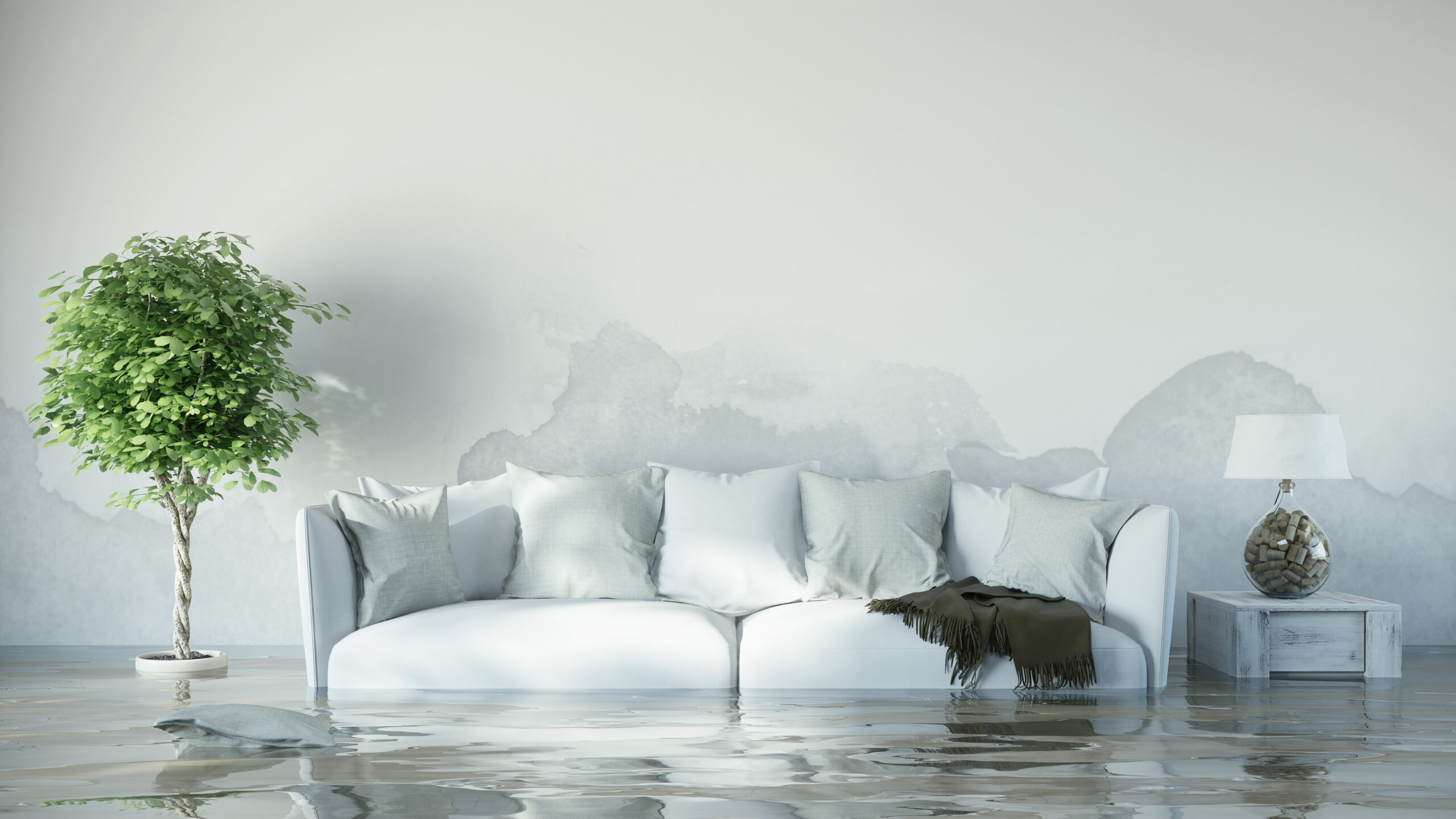Mike Holmes: What to do right away if you suddenly find a flood in your basement
But be sure to check your insurance policy before anything happens
A basement flood can happen any time. A lot of areas these days are experiencing sudden rainfalls that often cause quick floods. But Mother Nature isn’t the only cause of basement leaks and floods.
There could be a drain backup; the sump pump could stop working or a pipe might wind up blocked.
A leak in the foundation, overland flooding or a simple pipe burst can cause thousands of dollars in damage. Whether it’s caused by Mother Nature or some mechanical malfunction, knowing what to do after a basement flood can help stop a bad situation from getting worse.
If you see, hear or feel water in the basement, the first thing to do is see if you can quickly identify the source of the water coming in. If you can locate the source, you want to block it, stop it or turn it off immediately.
Then you should call your insurance company and document the damage with photographs and a log of the events. Your broker will help you assess the damage and get it fixed so that your insurance will cover it.
Natural flooding in the basement can be caused by flash floods, prolonged rainfall or storm related damage. I remember helping after hurricane Katrina and the floods in southern Alberta and I will never forget the destruction I saw — it still blows my mind to this day. These are pretty extreme examples, but it reminds us to never underestimate the power of nature and to make sure we prepare for major storm events, which unfortunately are becoming more common.
During a major rainstorm, the ground becomes saturated with water. This puts pressure on your foundation wall. It can also overwhelm the foundation’s drainage system, which is called the weeping tile. This can result in back-flowing water and clogged drains.
Surface water can also rapidly fill window wells or push in through windows, doors, or cracks. It’s important to understand this difference because some home insurance policies in Canada don’t cover damage caused by overland flooding.
If what caused the basement flood was something mechanical, like a backed-up drain, malfunctioning sump pump, or drains backing up, there are solutions. In most cases, the problem can be solved by turning off the water main.
Once you have identified the source of the problem, start planning for cleanup and damage repair. Always start by talking to your insurance company. They will have tradespeople that are approved to do the restoration work.
It may be tempting to mop up the water and quickly fix the areas affected. But whether it’s a small puddle in the basement or the entire basement is flooded, all it takes is 24 hours for mould to grow. Check all areas potentially affected by the flood, including behind the walls.
Electrical wiring may be compromised. If that’s the case, you will need a licensed professional electrical contractor to come in and check out your home’s electrical setup — especially if water rose as high as your outlets, switches, fixtures and appliances. The insulation in the basement might also be soaked. If it is, it must be replaced.
Before any rebuilding can start, everything needs to be completely dry. This can take weeks.
When it comes to rebuilding, only hire a contractor who specializes in restoring water-damaged homes — and always do your research!
Dealing with the aftermath of a basement flood can be a headache. While prevention is key, how you deal with a flood can minimize costs and repairs. Do your research, hire pros and rebuild using mould-resistant materials and products. If you do it right the first time, you’ll only pay for it once.
Sourced from nationalpost.com






